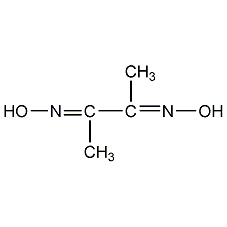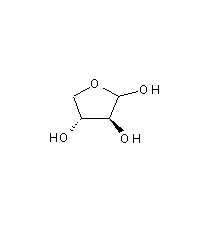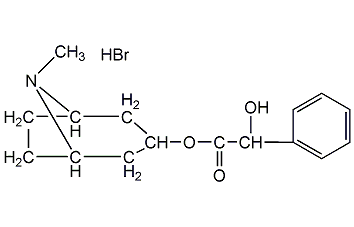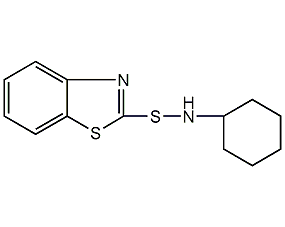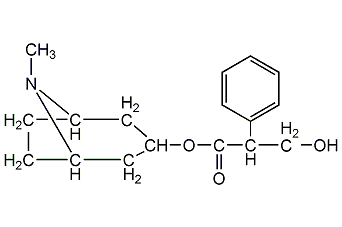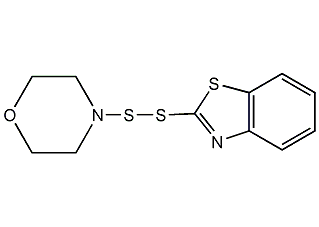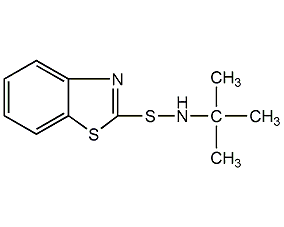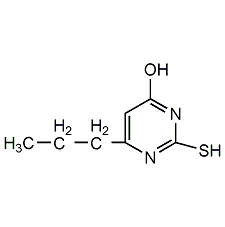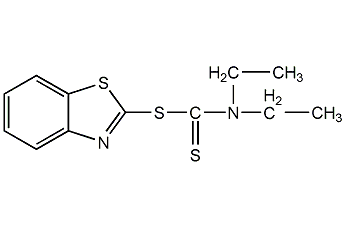neostigmine methyl sulfate
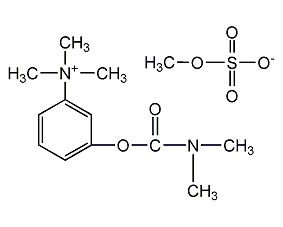
Structural formula
| Physical competition number | 0152 |
|---|---|
| Molecular formula | C13H22N2O6S |
| Molecular weight | 334.4 |
| label |
Neostigmine mesylate, N,N,N-trimethyl-2-[(dimethylamino)formyloxy]anilinium methanesulfonate, 3-(N,N-Dimethylcarbamoyloxy)-N,N,N,-trimethylanilinium methyl sulfate |
Numbering system
CAS number:51-60-5
MDL number:MFCD00011796
EINECS number:200-109-5
RTECS number:CY1225000
BRN number:None
PubChem number:24897553
Physical property data
1. Character:White crystal. Odorless. Bitter taste.
2. Density (g/mL,25/4℃): Undetermined
3. Relative vapor density (g/mL,AIR=1): Undetermined
4. Melting point (ºC): 142~145℃
5. Boiling point (ºC,Normal pressure): Undetermined
6. Boiling point (ºC,5.2kPa): Undetermined
7. Refractive index: undetermined
8. Flashpoint (ºC): Undetermined
9. Specific optical rotation (º):Undetermined
10. Autoignition point or ignition temperature (ºC): Undetermined
11. Vapor pressure (kPa,25ºC): Undetermined
12. Saturated vapor pressure (kPa,60ºC): Undetermined
13. Heat of combustion (KJ/mol): Undetermined
14. Critical temperature (ºC): Undetermined
15. Critical pressure (KPa): Undetermined
16. Oil and water (octanol/Log value of water) partition coefficient: not OK
17. Explosion limit (%,V/V): Undetermined
18. Lower explosion limit (%,V/V): Undetermined
19. Solubility: 1gProduct soluble in10mlWater, slightly soluble in ethanol.
Toxicological data
None
Ecological data
None
Molecular structure data
None
Compute chemical data
1. Reference value for hydrophobic parameter calculation (XlogP): None
2. Number of hydrogen bond donors: 0
3. Number of hydrogen bond acceptors: 6
4. Number of rotatable chemical bonds: 3
5. Number of tautomers: none
6. Topological molecule polar surface area 104
7. Number of heavy atoms: 22
8. Surface charge: 0
9. Complexity: 337
10. Number of isotope atoms: 0
11. Determine the number of atomic stereocenters: 0
12. Uncertain number of atomic stereocenters: 0
13. Determine the number of chemical bond stereocenters: 0
14. Number of uncertain chemical bond stereocenters: 0
15. Number of covalent bond units: 2
Properties and stability
None
Storage method
None
Synthesis method
Meta-dimethylaminophenol and dimethylcarbamoyl chloride are esterified to obtain neostigmine base, and then methyl bromide is used to react to form a quaternary ammonium salt to obtain bromoxine Strytigmine. If the neostigmine base is reacted with dimethyl sulfate to form a quaternary ammonium salt, neostigmine methyl sulfate is produced.
Purpose
This product has a reversible cholinesterase inhibitory effect, resulting in acetylcholine not being enzymatically decomposed. It exists in cholinergic nerve endings for a long time and has the effect of exciting smooth muscle and skeletal muscles; it has a strong effect on skeletal muscles and has a small miotic force; it is mostly used for myasthenia gravis, postoperative abdominal distension and urinary retention, and can also be used for Detoxification of supraventricular paroxysmal tachycardia and tubocurarine overdose. Neostigmine methyl sulfate is for injection.
extended-reading:https://www.bdmaee.net/cas-23850-94-4/extended-reading:https://www.bdmaee.net/wp-content/uploads/2020/06/27.jpgextended-reading:https://www.newtopchem.com/archives/987extended-reading:https://www.newtopchem.com/archives/44810extended-reading:https://www.bdmaee.net/di-n-butyltin-oxide/extended-reading:https://www.newtopchem.com/archives/category/products/page/136extended-reading:https://www.bdmaee.net/wp-content/uploads/2022/08/6.jpgextended-reading:https://www.bdmaee.net/wp-content/uploads/2021/05/3-6.jpgextended-reading:https://www.bdmaee.net/catalyst-9727/extended-reading:https://www.newtopchem.com/archives/40020
